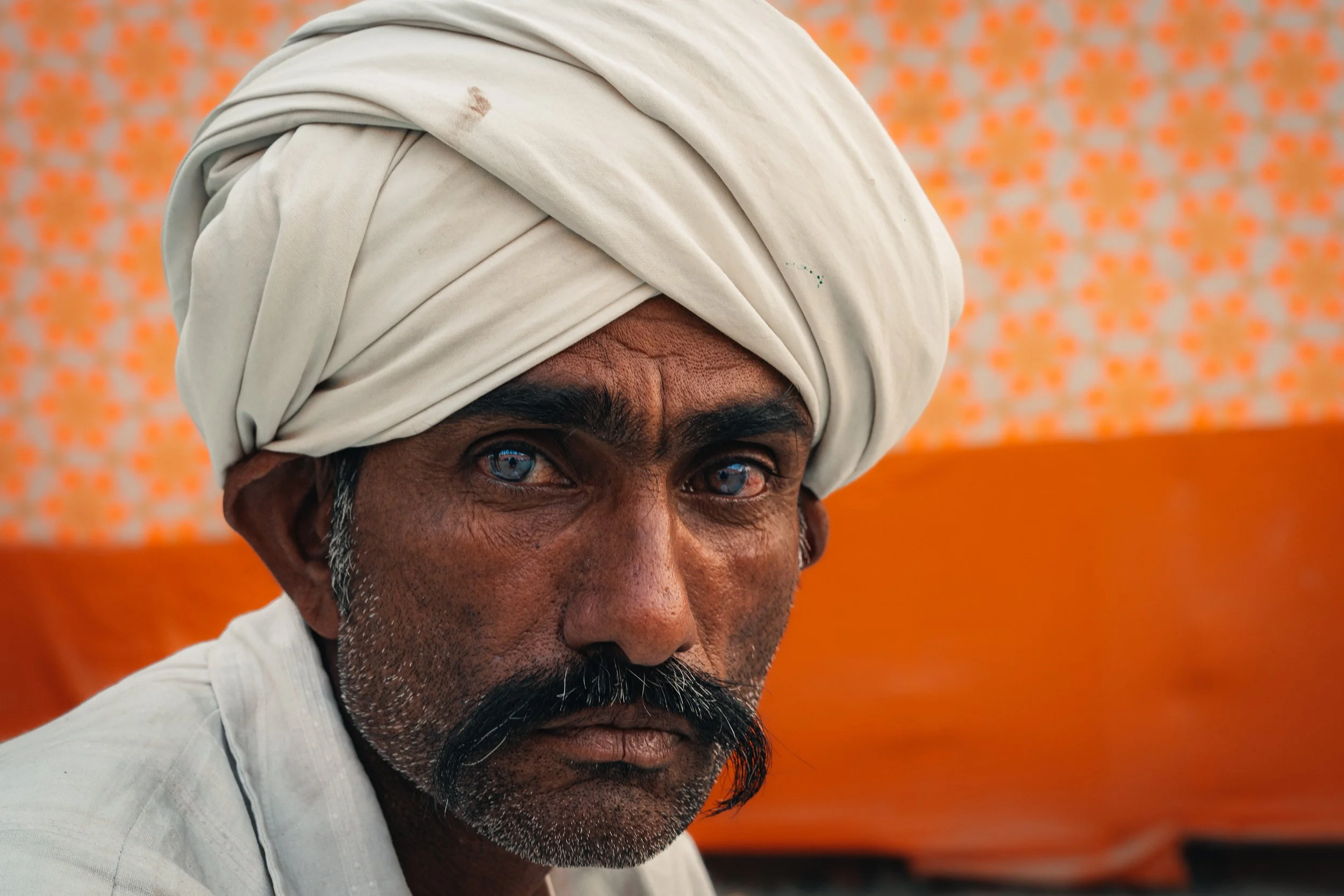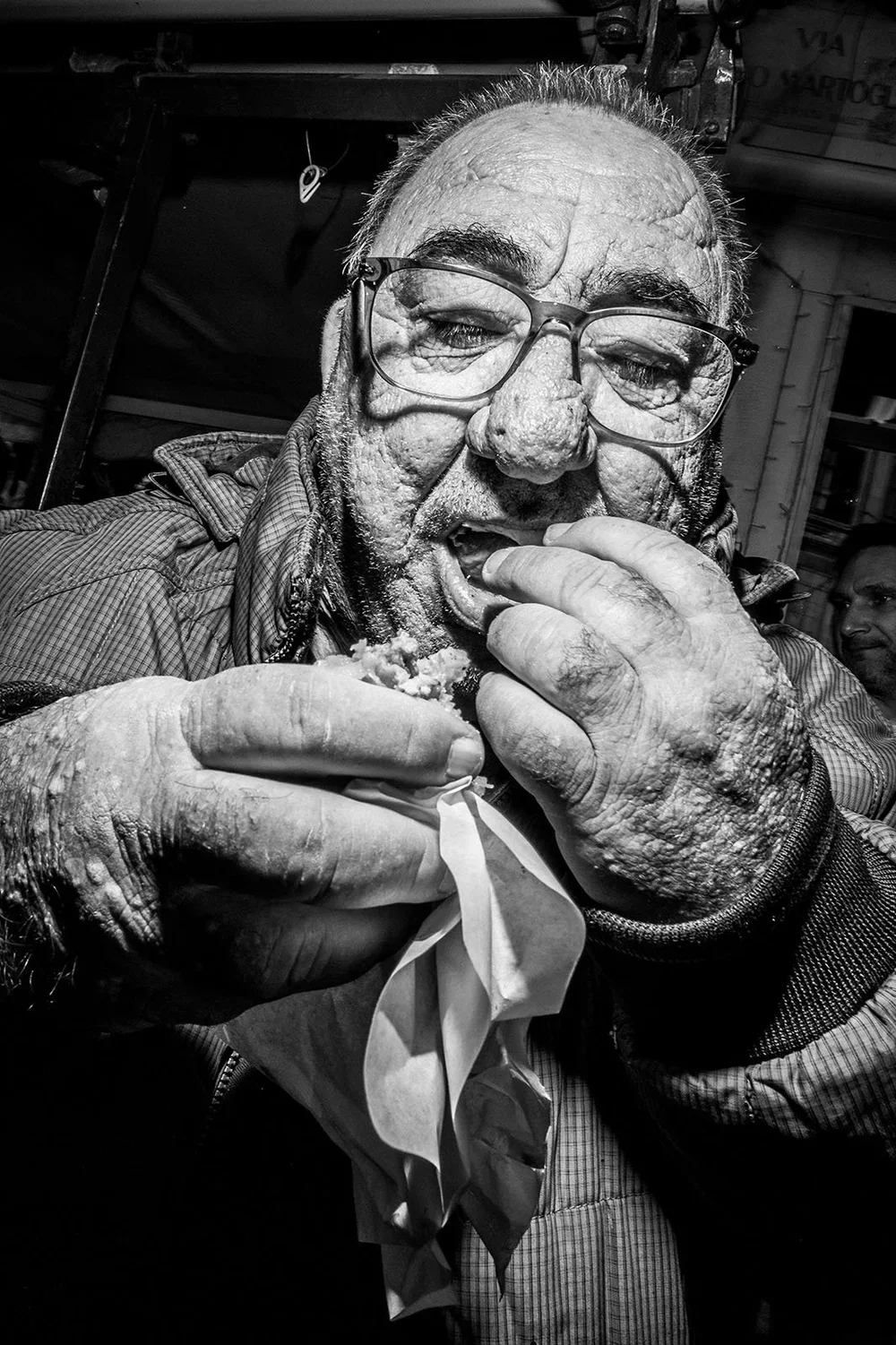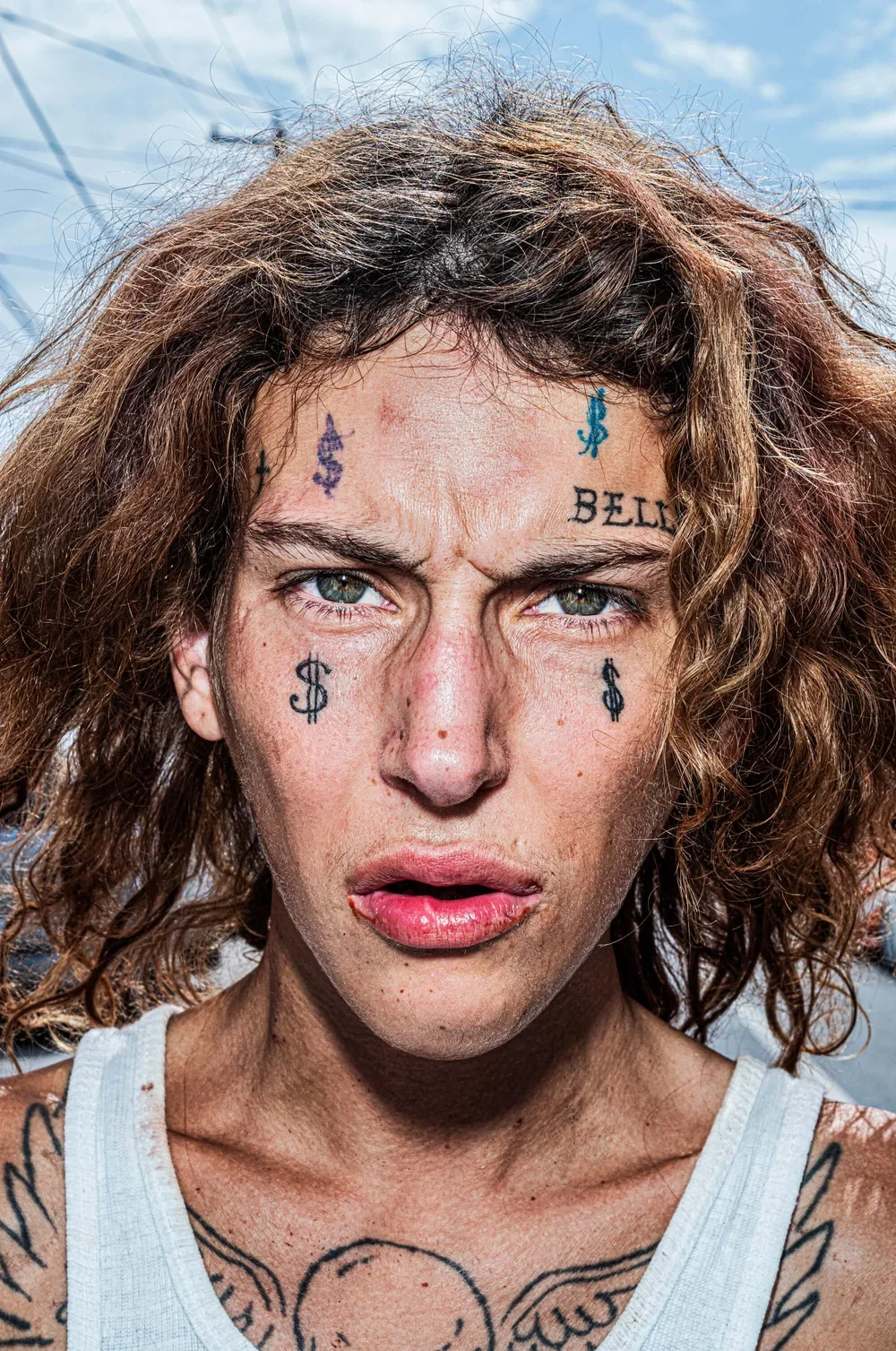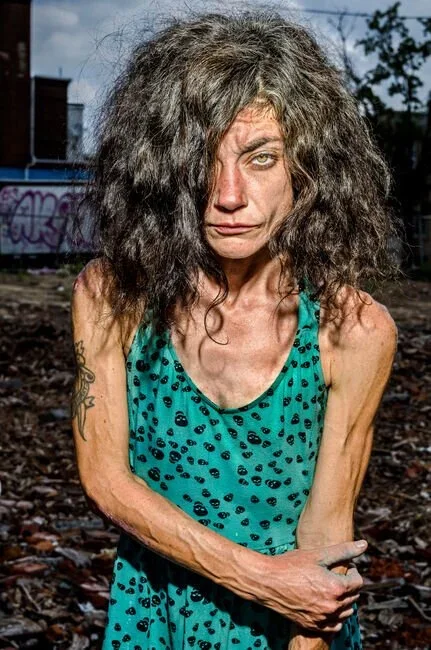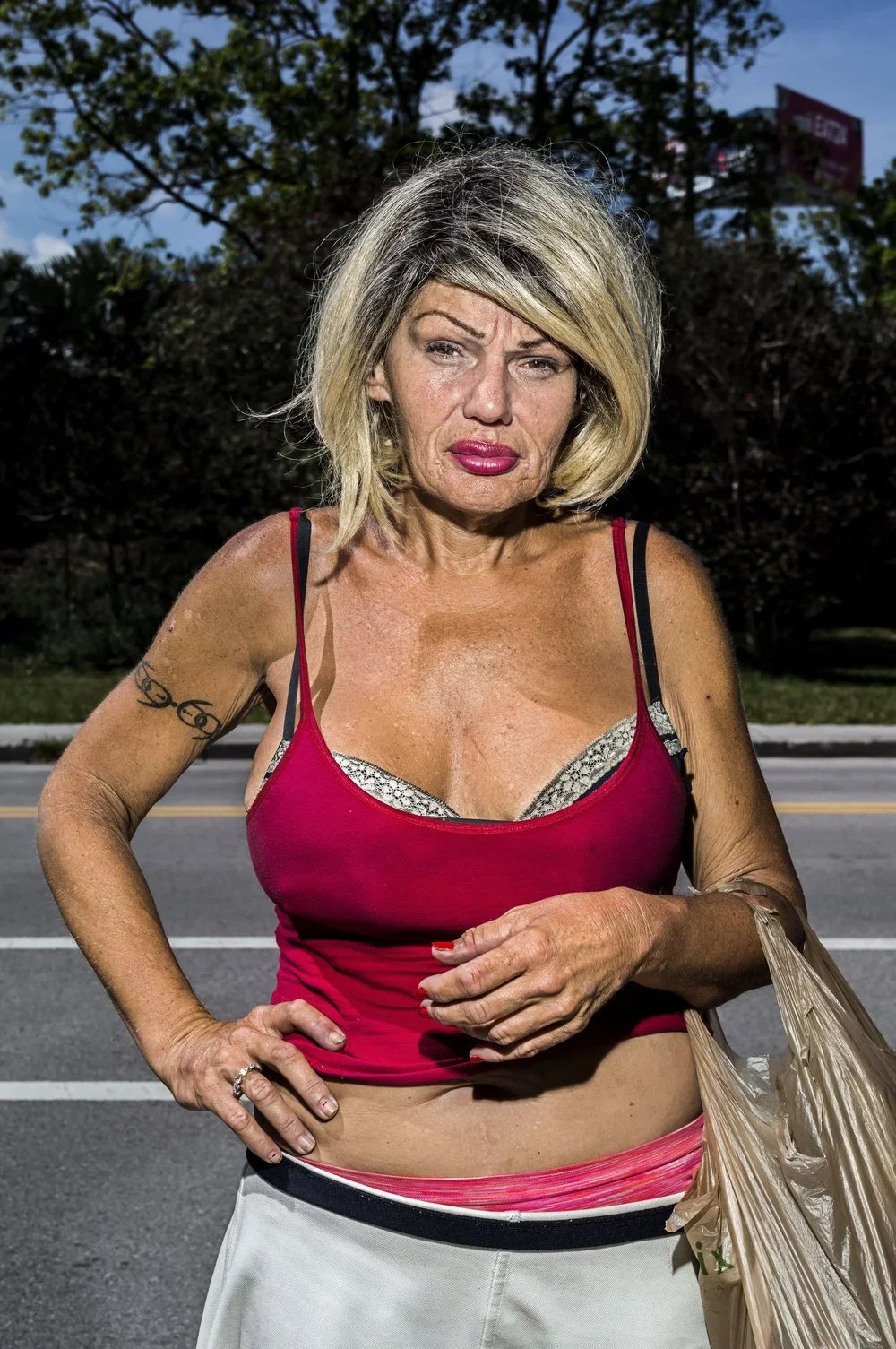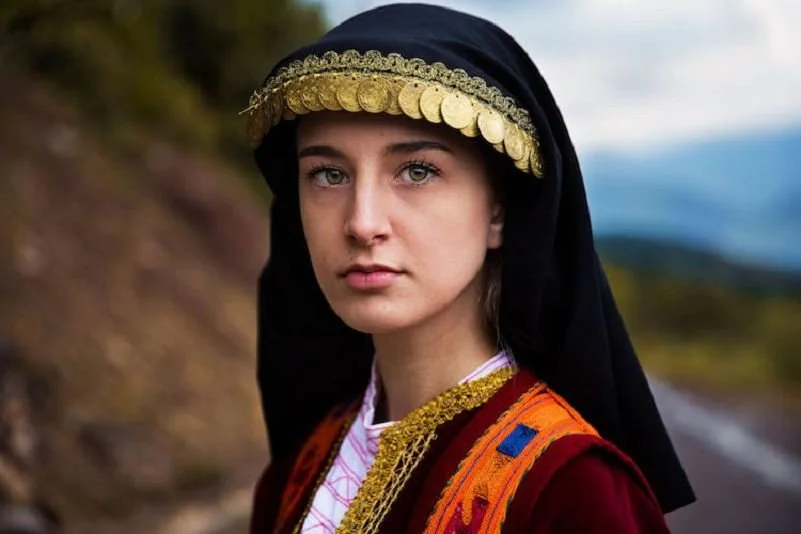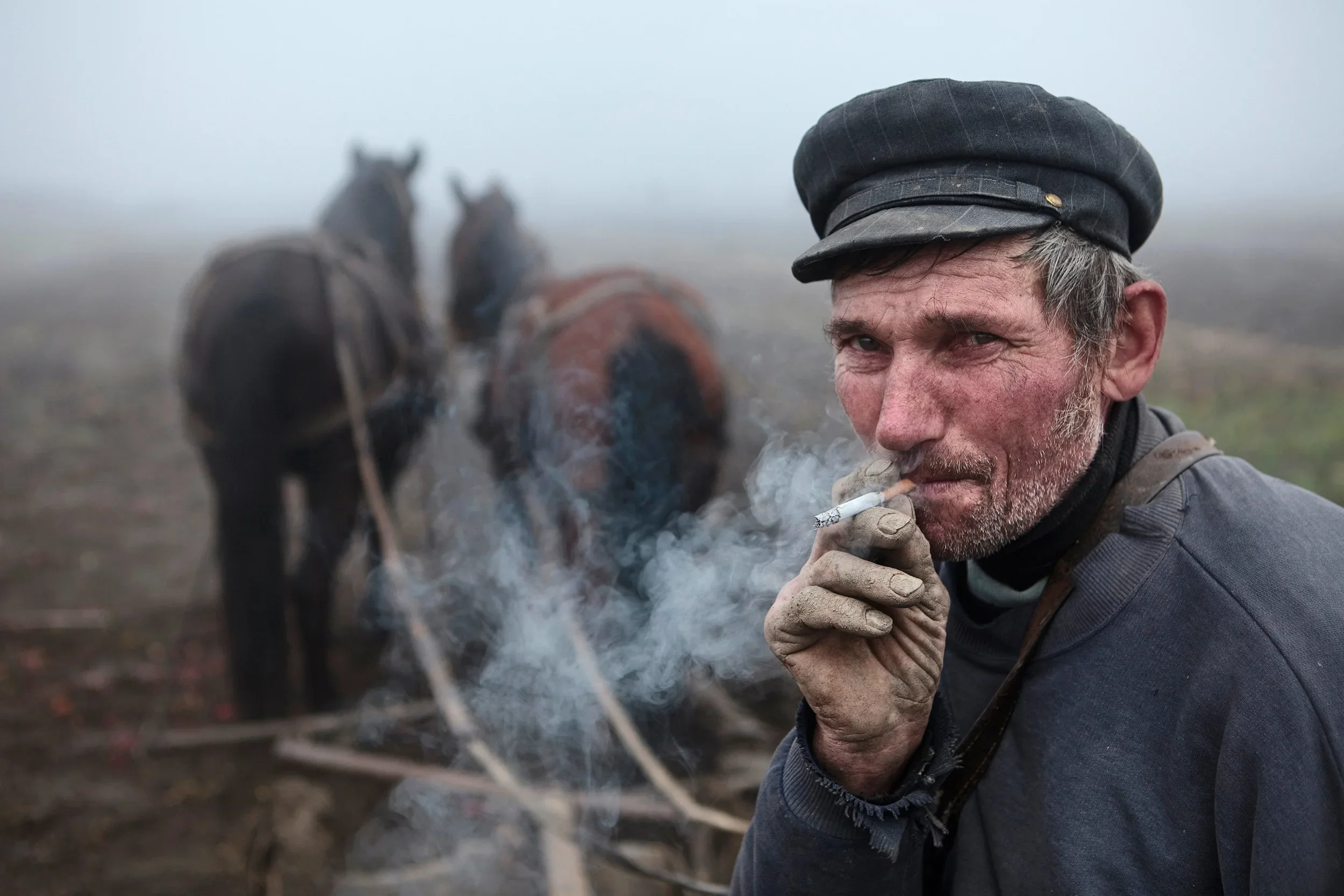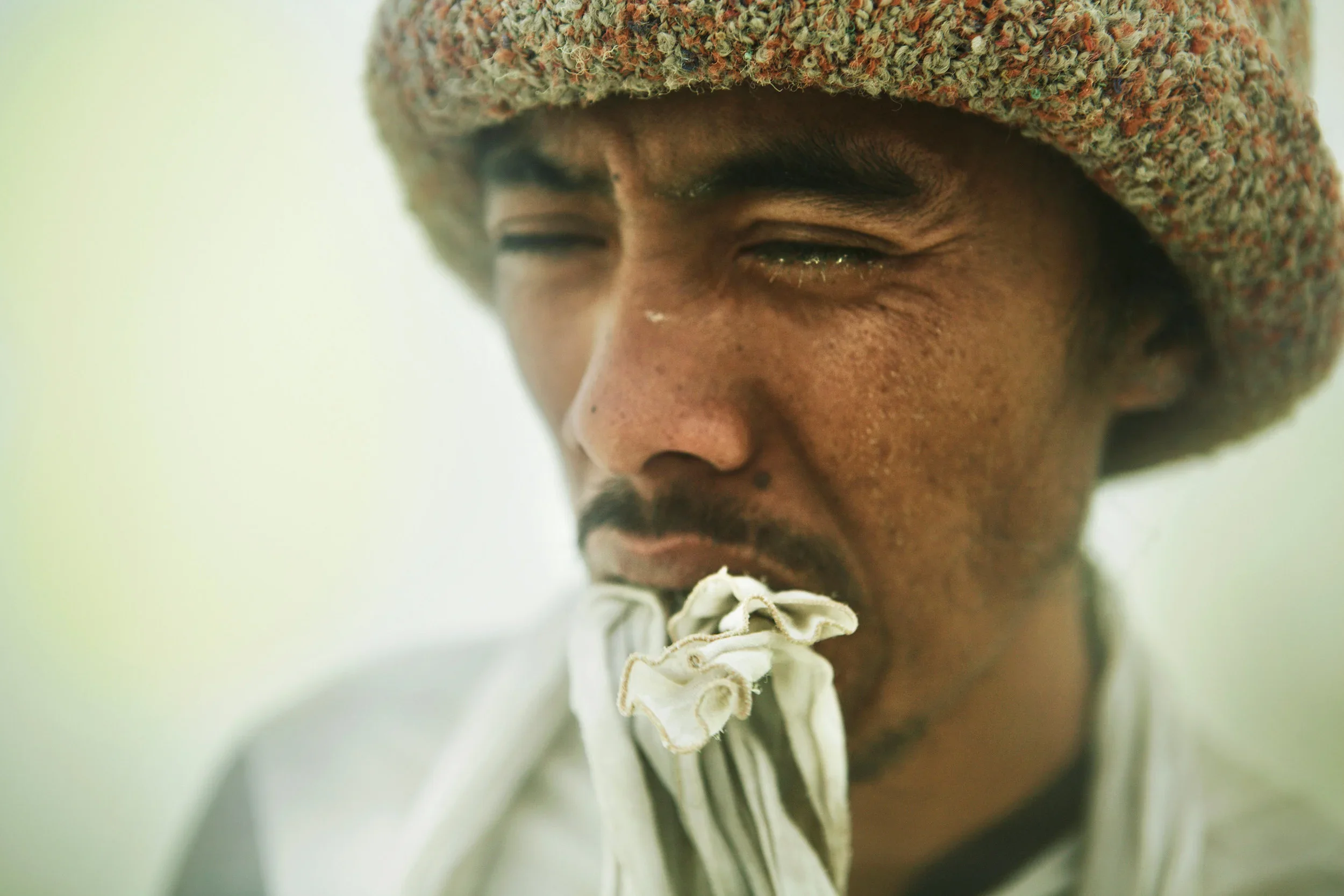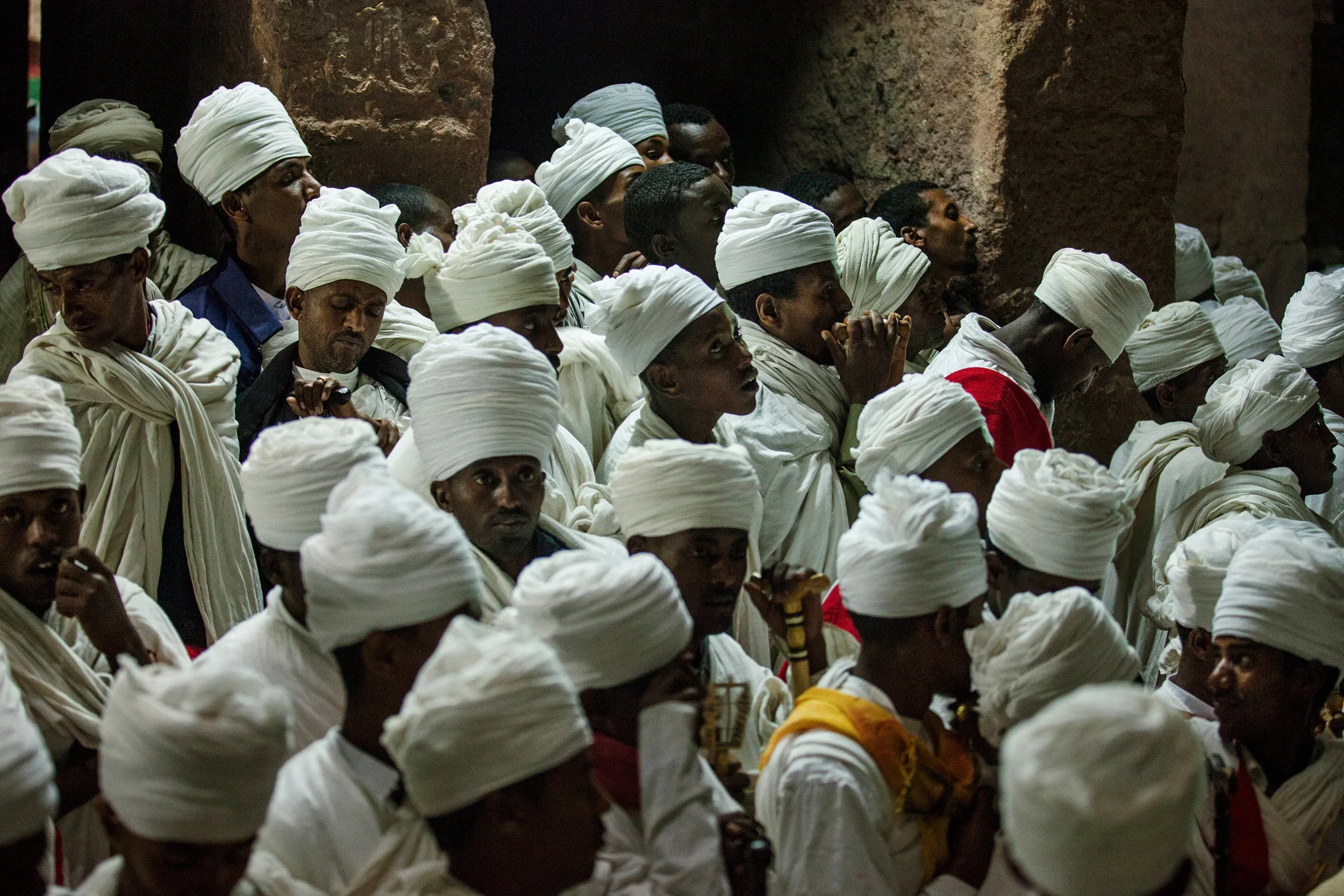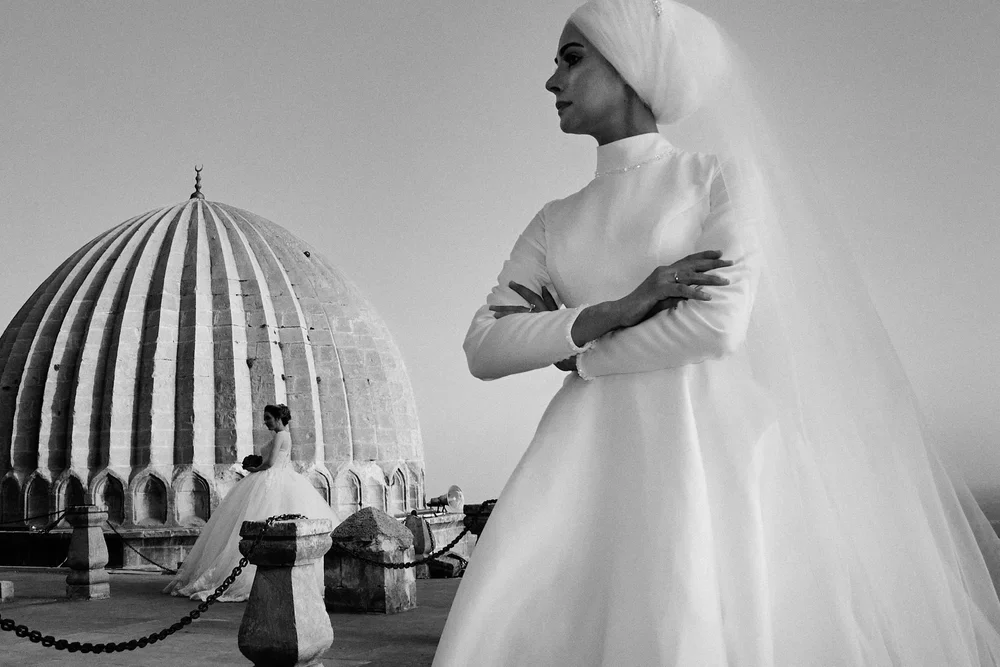How Should We Photograph Other People?
Exploring the Ethics and Approaches in Street and Travel Photography
I love the contrast of the blue eyes and orange background. Very proud of this one.
Right off the bat - this is something I’ve written about before. But am not sure I delved deep enough into a topic with this much bite to it. Apologies if some of this post evokes some de ja vu with some of you.
One of the biggest — and probably most controversial — questions in both travel and street photography is this: how should we approach photographing other people?
At the heart of both genres lies a shared goal — to document life as it is. But how photographers interpret that goal varies dramatically. Some prefer to remain invisible, capturing candid moments without their subject’s knowledge. Others step directly into someone’s personal space, arguing that art justifies intrusion. Still others turn the process into something collaborative, inviting subjects into the frame and into the creative process itself.
In this post, I want to explore some of the different approaches, the philosophies behind them, and what we as photographers can learn from some of the genre’s most recognisable names.
Bruce Gilden: The Confrontational Approach
Let’s start with Bruce Gilden.
Up Close And In Your Face: The Bruce Gilden Story
Gilden is infamous for his up-close, in-your-face style. He gets right into people’s personal space — often without warning — and blasts them with a flash. His wide-angle lenses exaggerate facial features, his lighting brings out wrinkles and imperfections, and his subjects often appear unflattered, exposed, even dehumanised.
Some praise his work as “raw” and “real.” Personally, I find it abrasive. To me, it strips people of their humanity. His book Only God Can Judge Me, which features vulnerable women struggling with addiction and sex work, is a striking example of how easily this style can feel exploitative.
Gilden defends his approach by claiming it reflects his own lived experiences, including past struggles with addiction. For him, documenting his community’s pain is an act of honesty. Whether that gives him a free pass is something each viewer must decide.
Mihaela Noroc: The collaborative & beautiful Portrait
Beauty is in the Eye of the Beholder - Especially if that Beholder is Mihala Noroc
On the opposite end of the spectrum sits Mihaela Noroc, creator of The Atlas of Beauty.
Her work is collaborative and celebratory. Noroc travels the world photographing women in places as diverse as Ethiopia, Israel, and even North Korea. Her subjects know they are being photographed, often preparing with makeup or traditional dress. The results are polished portraits that highlight dignity and beauty.
Her use of tighter focal lengths like 50mm lenses creates flattering compression and dreamy backgrounds — the visual opposite of Gilden’s harsh realism.
Critics argue her work feels “manufactured.” And yes, it’s carefully curated. But in truth, all photography is manufactured to some degree. To me, Noroc’s work isn’t about unfiltered reality. It’s about celebration — a different, but equally valid, pursuit.
Mitchell K: Building Trust & Respect
One of my Favourite shots by Mitchell.
Between these extremes lies Mitchell K — one of my personal favourites and a big influence on my own work.
Mitchell balances candid spontaneity with relationship-building. Sometimes he takes quick, passing shots. Other times, he spends hours or even days getting to know his subjects. That intimacy builds trust, allowing him to capture moments that feel authentic without being exploitative.
As a travel photographer myself, I find his approach both respectful and practical. In many places I visit, I stand out. People notice me and my camera. Building trust first changes everything.
When I lived in Morocco — a country where photography can be very sensitive — I initially tried to stick to the candid “invisible” approach. It nearly got me punched a few times. Adopting Mitchell’s methods gave me a third option: if someone said no, I respected it. But many said yes, and the conversations that followed shaped not just my photos but my understanding of what locals found acceptable to capture.
Eduardo Ortiz: An Honest Presence
Ortiz is an absolute master of the complex and layered images.
Then there’s Eduardo Ortiz, a master of layered compositions and a legend of street photography.
Ortiz doesn’t hide. He’s honest about being there, camera in hand, but doesn’t necessarily ask permission either. His presence is open but unintrusive. Unlike Gilden, he avoids confrontation. Unlike Noroc, he avoids staging.
Shooting mostly at a 28mm equivalent, Ortiz thrives in bustling, photo-friendly environments like Istanbul. But I believe much of his success comes down to his natural friendliness and openness. He captures people in context, not as isolated subjects, and in doing so, his images feel deeply connected to place.
Finding Our Own Balance
So where does this leave us?
From Gilden’s confrontational flash to Noroc’s celebratory portraits, from Mitchell’s trust-building to Ortiz’s honest presence — there’s no single “correct” way to photograph people. Each approach reveals something about the subject, but just as importantly, about the photographer behind the lens.
What matters most is awareness. Every frame is an act of interpretation. The question isn’t just what story we’re telling, but how and why we’re telling it.
For me, the most powerful images are built on empathy. They recognise that people aren’t just subjects to be consumed, but collaborators in the stories we’re trying to share. After all, these images are their stories as much as they are ours.
Below are a collection of my attempts to approach this dilemma.









